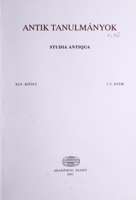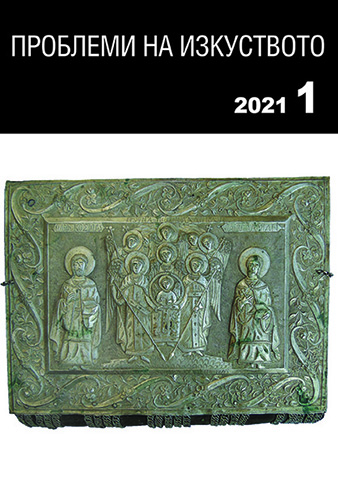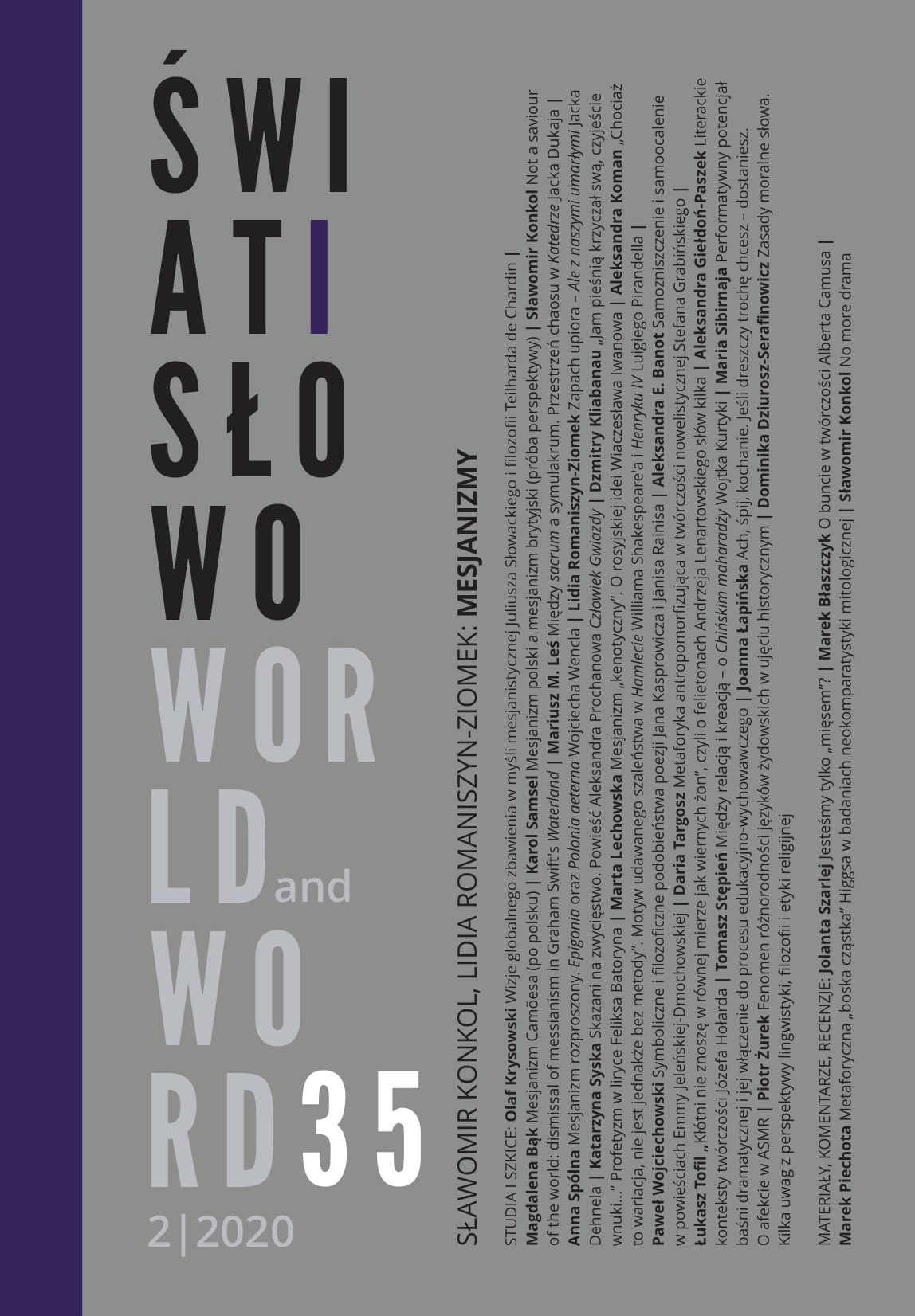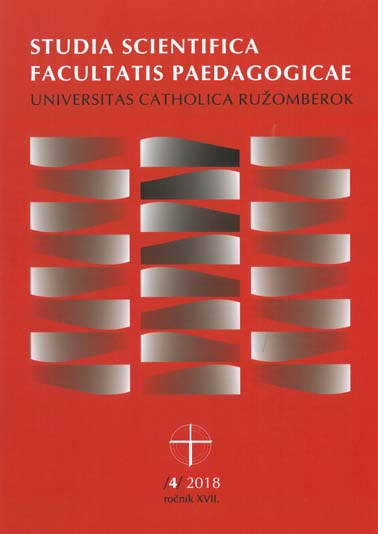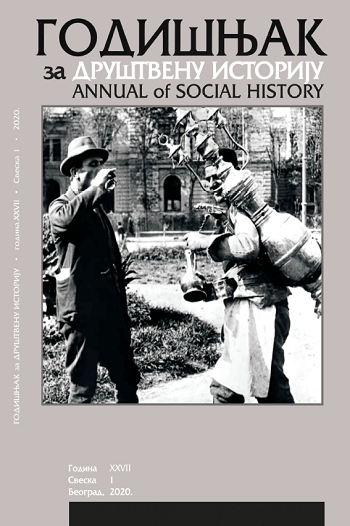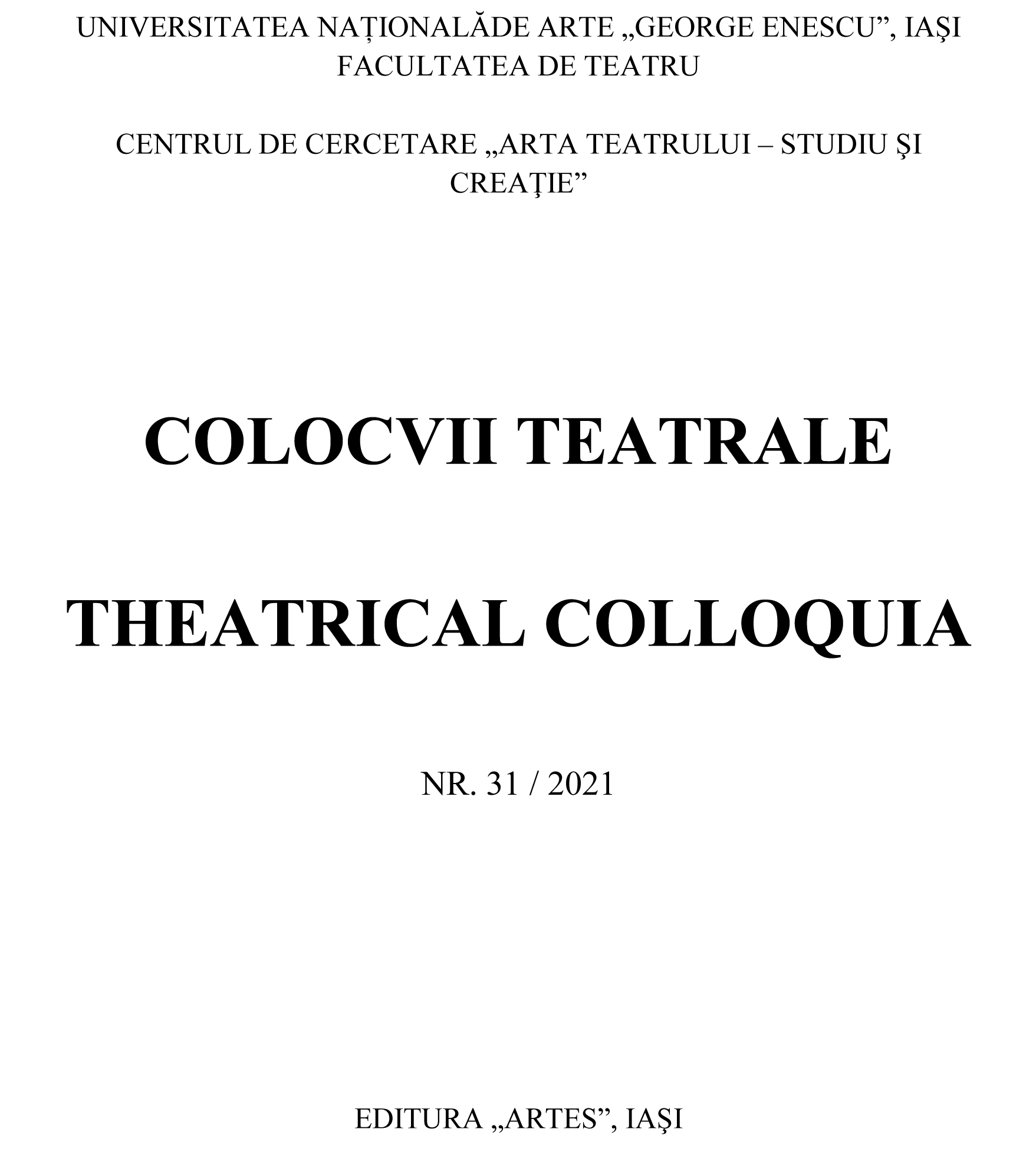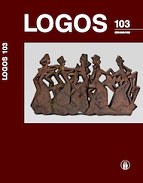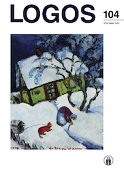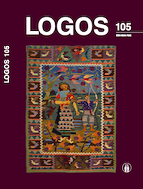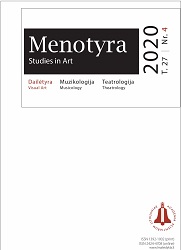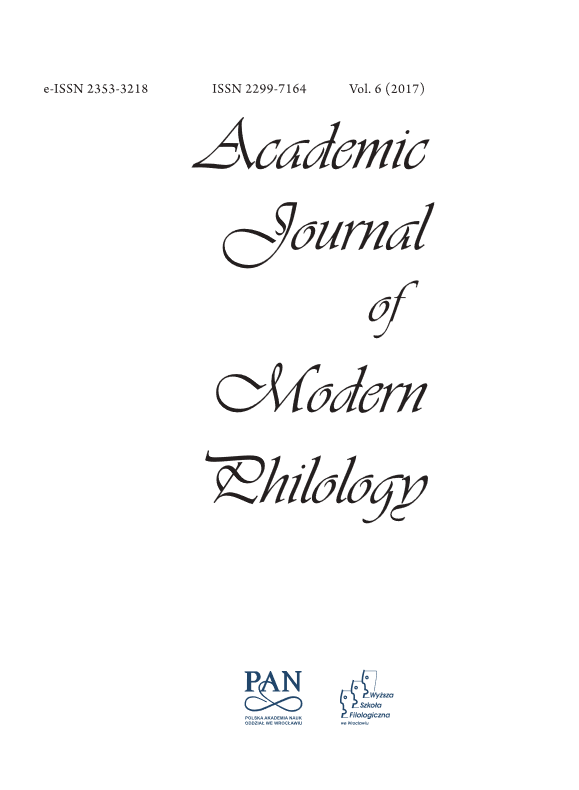A „ROSSZ ANYAG” PROBLÉMÁJA MEDNYÁNSZKY LÁSZLÓ NAPLÓJÁBAN
Der Beitrag ist eine Untersuchung, den vor kurzem ausgegebenen schriftlichen Nachlass des hervorragenden ungarischen Malers, László Mednyánszkys (1852—1919) interpretierend eranzukommen. Die Tagebücher des Künstlers sind seltsame Dokumente eines in fortwährender intellektueller Orientierung verbrachten Lebens: mit altgriechischen Buchstaben geschriebene — vielleicht bewusst kodierte — Ideen- und Gedankenfragmente in ungarischer, bzw. deutscher Sprache. Sie sind also Texte, die parallel mit den Gemälden des Malers geboren sind, um endlich von uns, Rezipienten historisch aufgedeckt werden zu können. Die Gegenstände der Künstlergrübelei sind als Elemente einer inneren, thematischen Rede aufzufassen. Im inhaltlichen Mittelpunkt der Notizen steht ein von Mednyánszky tief erlebtes Problem der moralisch-biologischen „Verschlechterung” der ungarischen Gesellschaft. Mednyánszky bezeichnet sogar den tragenden Grund dieser Verschlechterung, und zwar in dem gleichzeitigen Materialismus, ja in der ontologisch gemeinten Materie selbst. Ihr Gegensatz in den Texten der Tagebücher sei die Seele als Prinzip des ewigen Gutes, wie sie uns die griechische idealistische Philosophie tradierte. Die sprachlich erweisbaren Topoi der vergänglichen Sinnenwelt und des verderblichen Leibes, stets in einem strengen Antagonismus mit der reinen Idealität, lassen uns im Mednyászkys Weltbild die Rolle eines platonisch-gnostisch fundierten Dualismus vermuten.
More...
